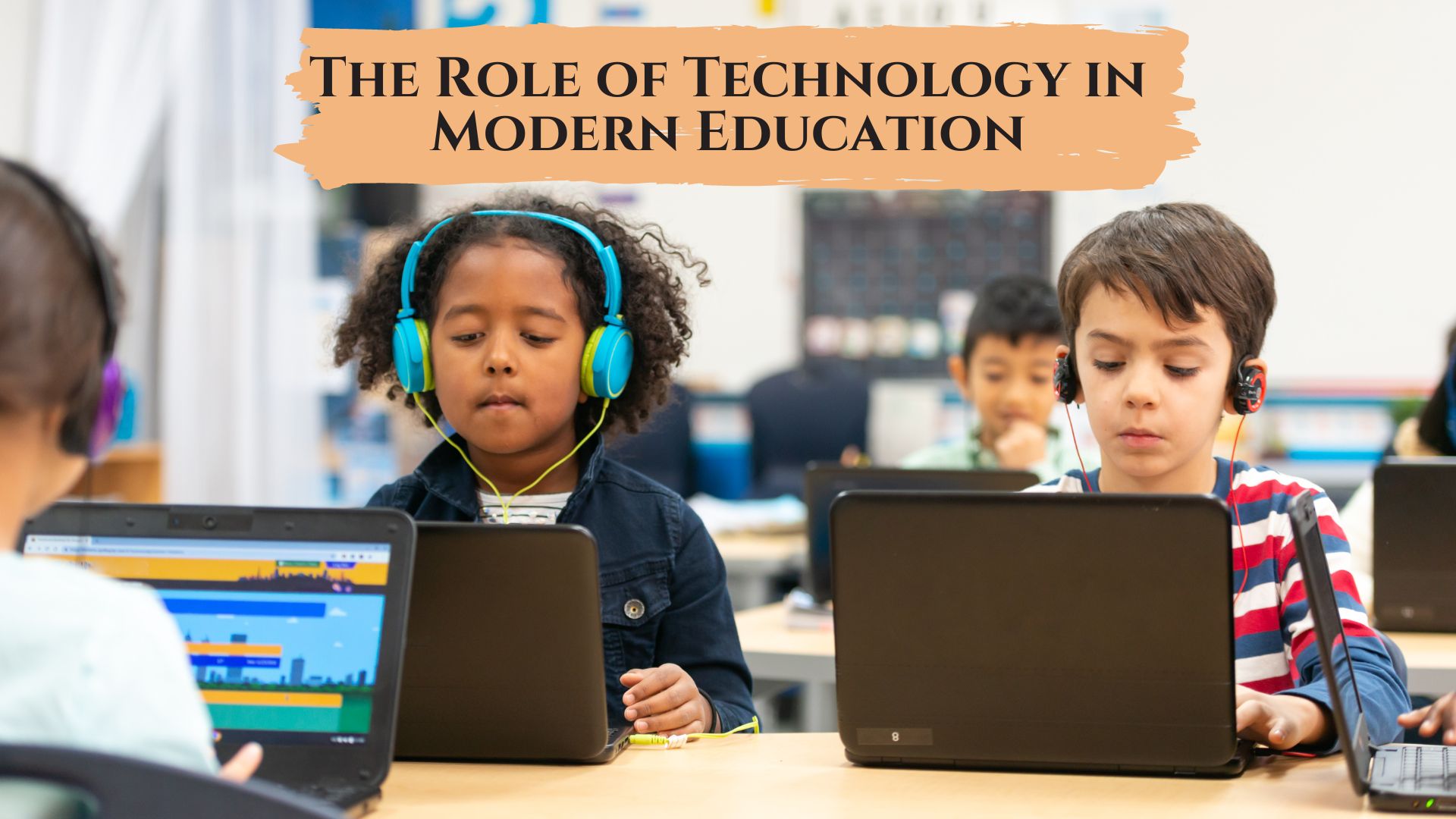Technology plays a crucial role in modern education, revolutionising the way students learn, teachers teach, and educational institutions operate. Here are some key aspects highlighting its significance:
Access to Information: Technology provides students with access to vast amounts of information through the internet. They can research topics, access educational materials, and explore diverse perspectives, enriching their learning experience.
Interactive Learning: Educational technologies such as multimedia presentations, simulations, and educational apps make learning more interactive and engaging. This active participation enhances comprehension and retention of information.
Personalised Learning: Technology enables personalised learning experiences tailored to individual student needs, preferences, and pace. Adaptive learning platforms use algorithms to adjust content based on student performance, promoting effective learning outcomes.
Collaborative Learning: Online collaboration tools, video conferencing platforms, and educational social networks facilitate collaboration among students, regardless of geographical location. Collaborative projects and discussions foster teamwork, communication skills, and cross-cultural understanding.
Distance Learning: Technology eliminates geographical barriers, allowing students to access education remotely through online courses, virtual classrooms, and e-learning platforms. This flexibility accommodates diverse learning styles and enables lifelong learning opportunities.
Digital Resources: E-books, online journals, and digital libraries provide easy access to educational resources, reducing the reliance on traditional textbooks. This shift towards digital content promotes sustainability and cost-effectiveness while ensuring up-to-date information.
Enhanced Communication: Technology facilitates communication between students, teachers, and parents through emails, instant messaging, and online forums. Timely feedback, discussion forums, and virtual office hours strengthen the teacher-student relationship and support academic progress.
Data-driven Insights: Educational technologies collect data on student performance, engagement, and learning patterns. Analyzing this data helps educators identify areas for improvement, customize instruction, and track student progress effectively.
Skill Development: Technology equips students with essential digital literacy skills necessary for success in the digital age, including critical thinking, problem-solving, information literacy, and technological proficiency.
Professional Development: Educators can enhance their teaching skills and stay updated with the latest pedagogical practices through online courses, webinars, and educational blogs. Continuous professional development ensures high-quality instruction and fosters a culture of lifelong learning among teachers.
Overall, technology empowers students, educators, and educational institutions to adapt to the evolving needs of the 21st-century learners, fostering innovation, collaboration, and excellence in education. However, it’s essential to integrate technology purposefully, ensuring equitable access and addressing potential challenges such as digital divide and information overload.



